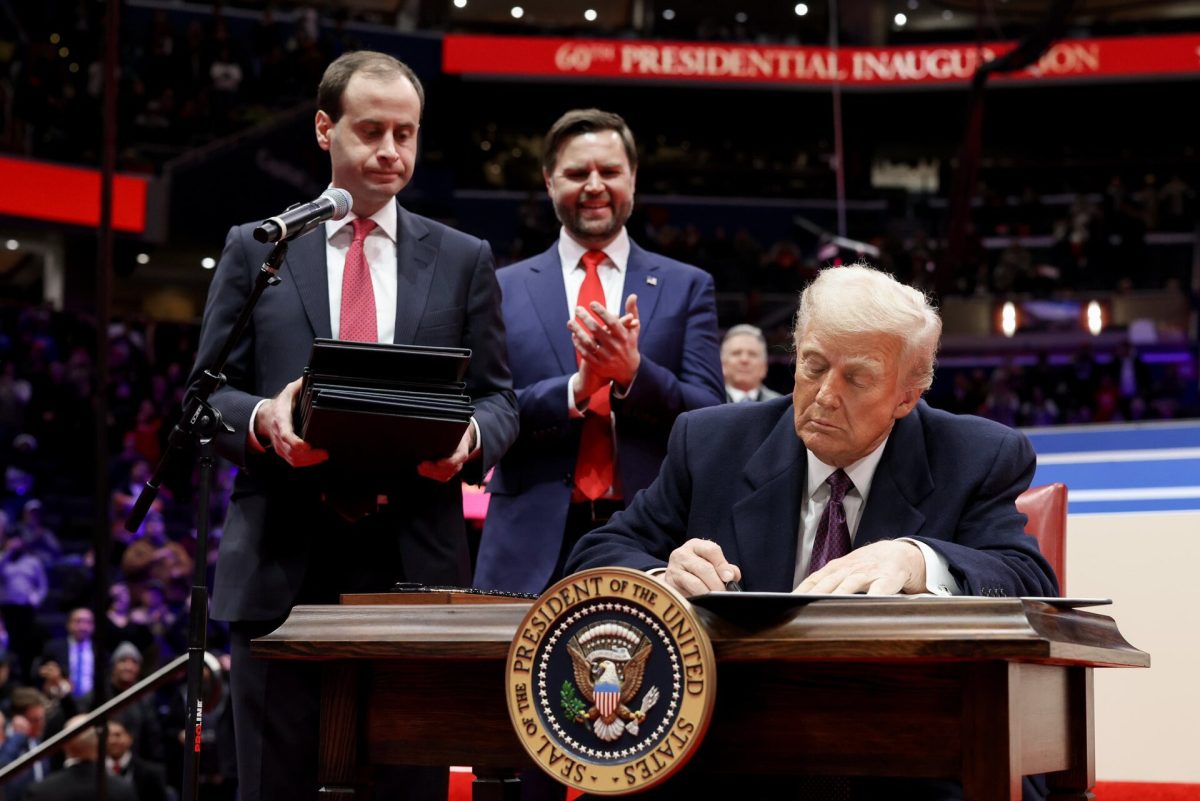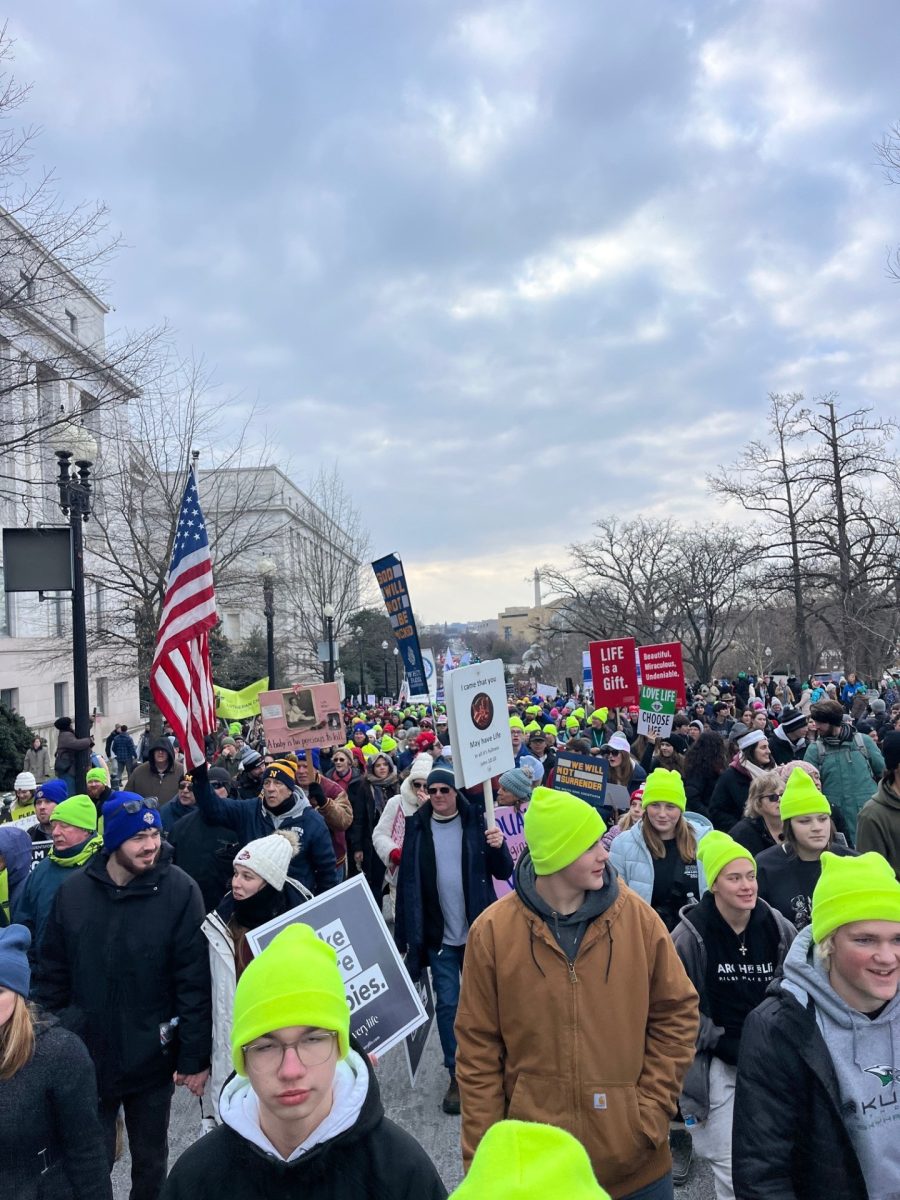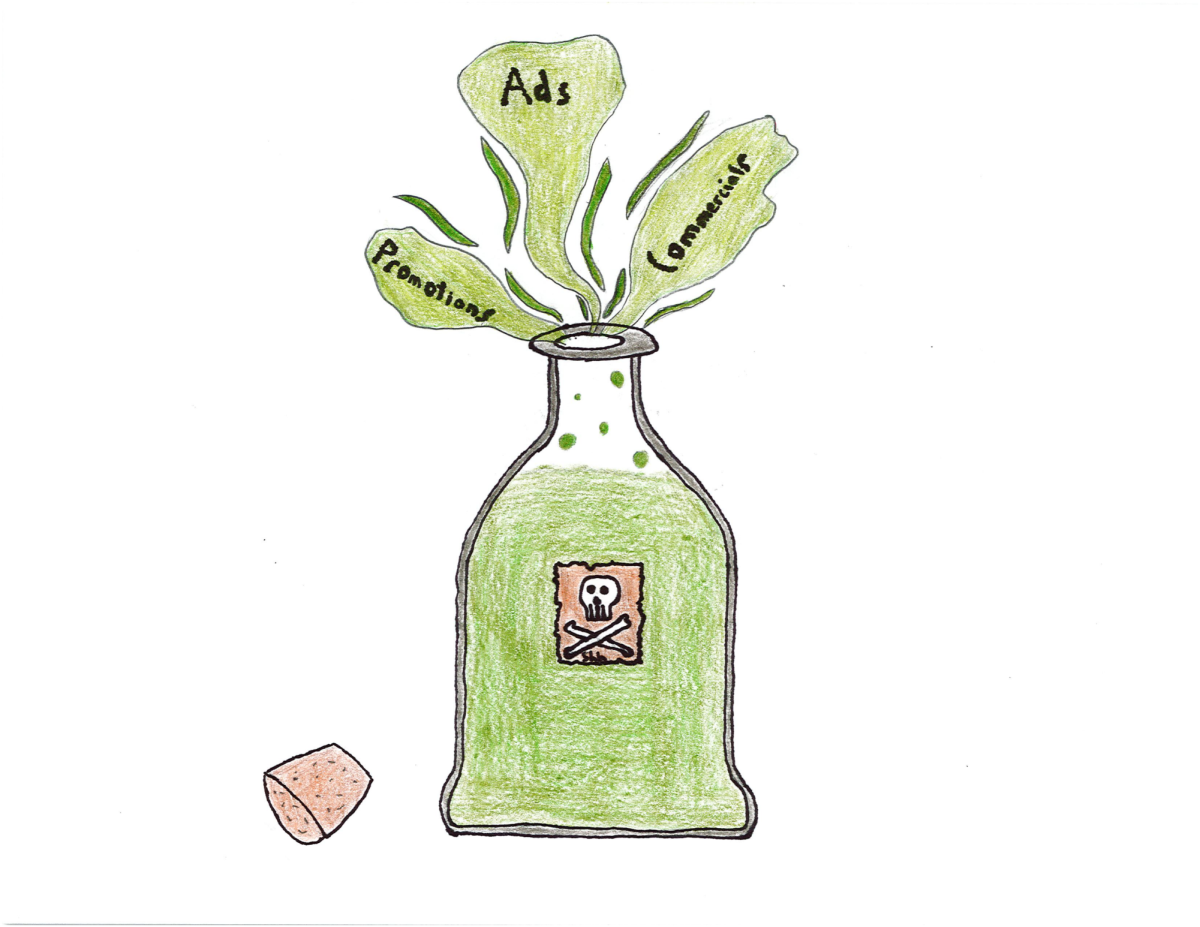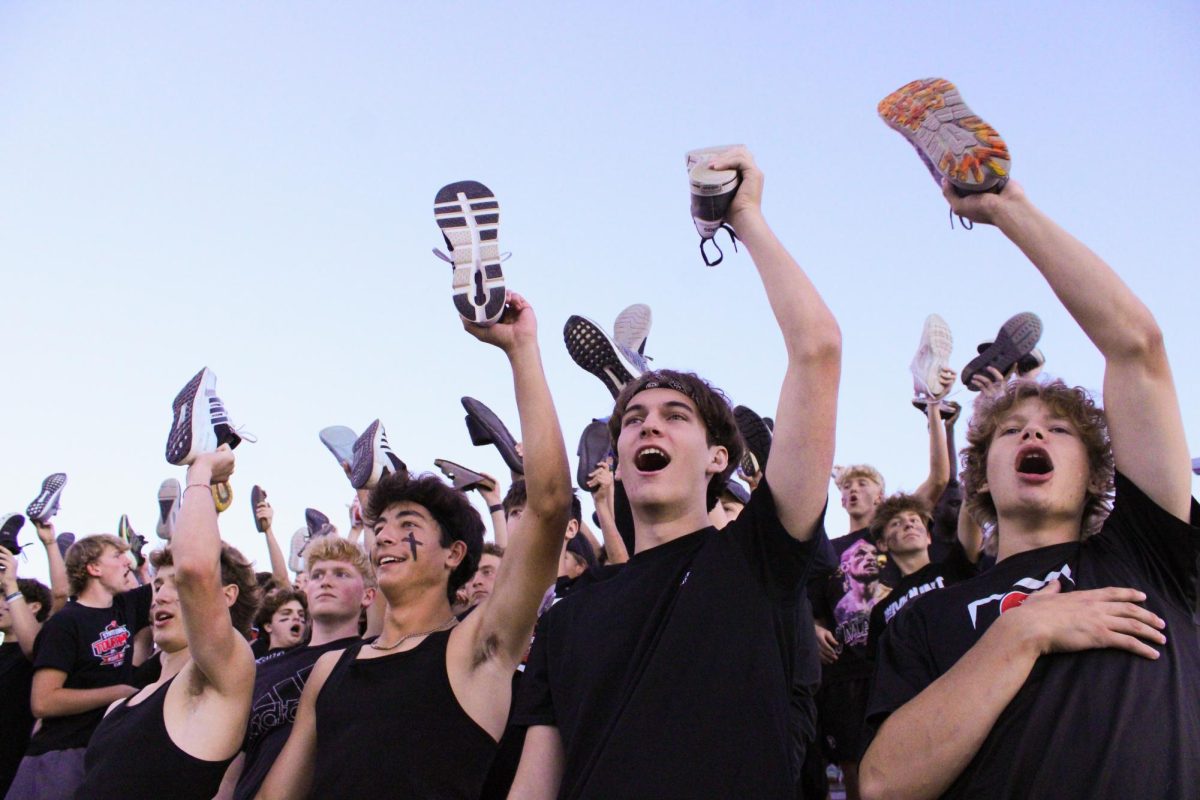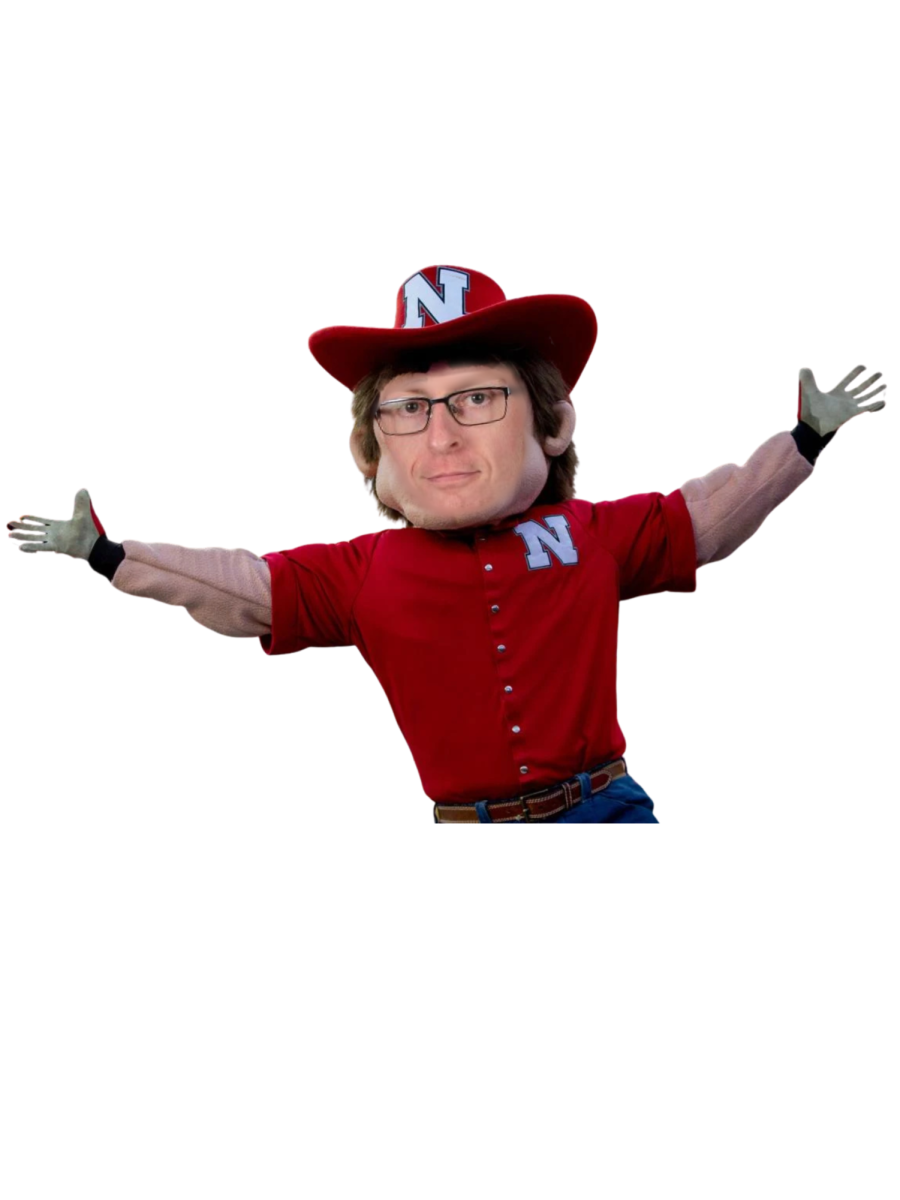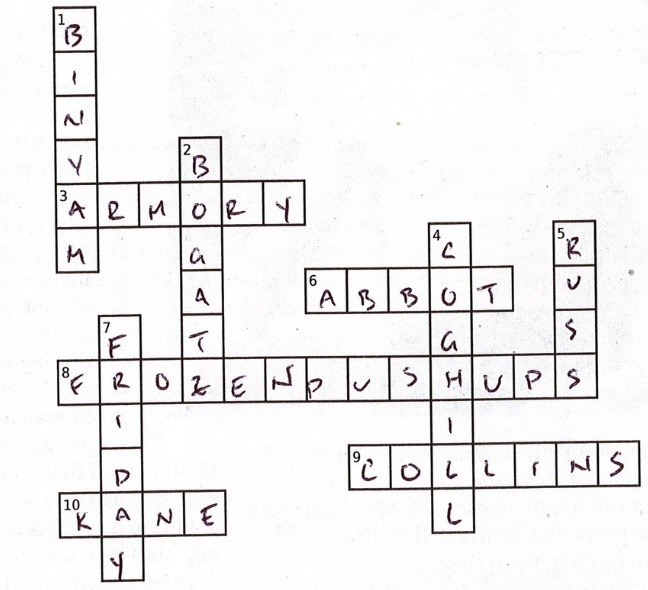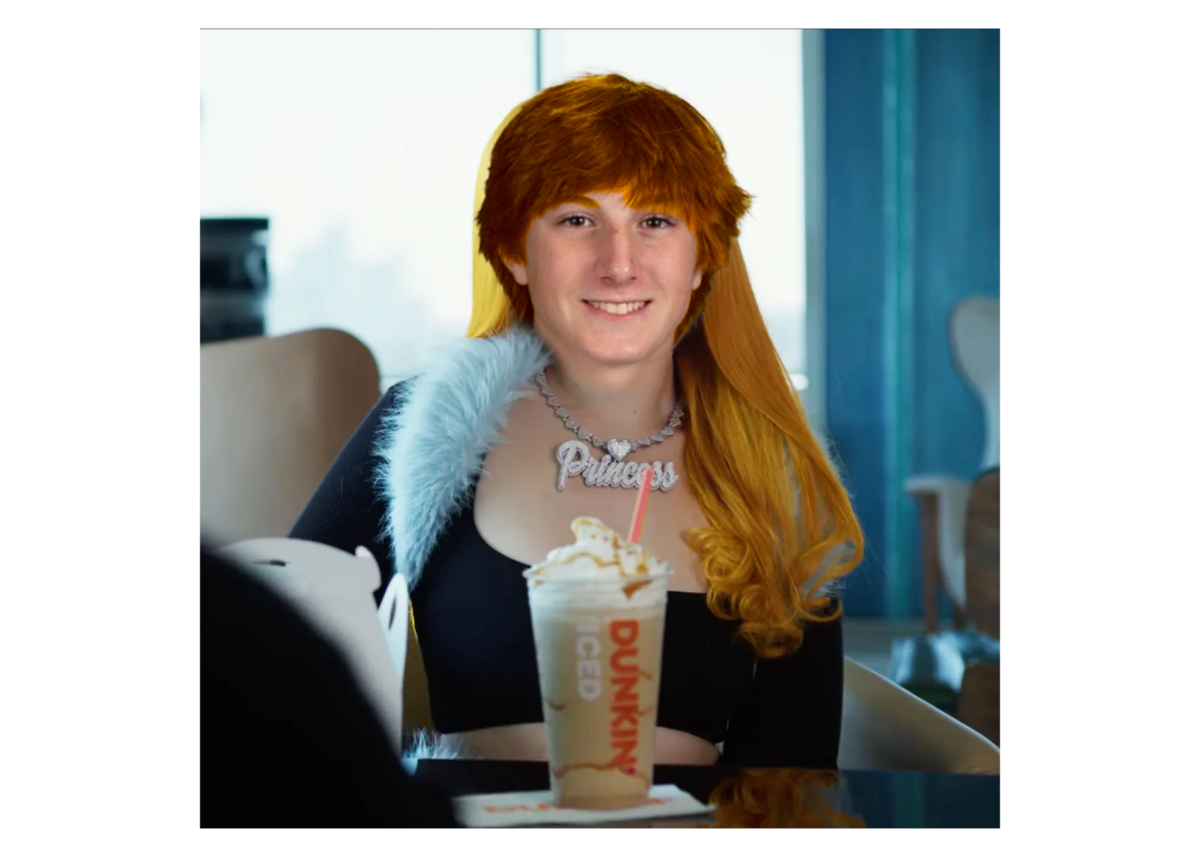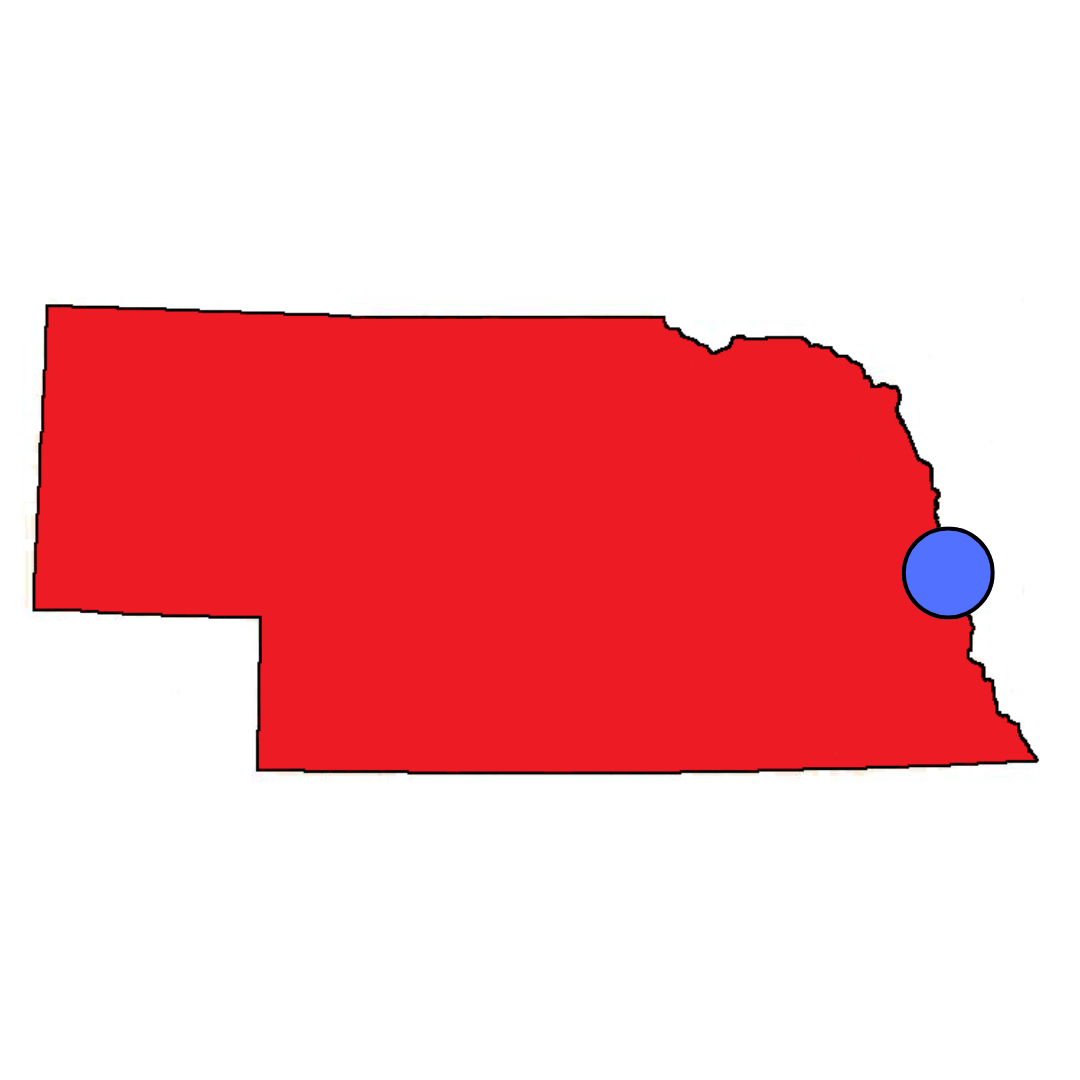As election season approaches, and politics rise to the forefront of the public mind, our own city and state’s unique political landscape comes into the spotlight. As a state, Nebraska is consistently conservative, voting Republican in every presidential election since 1964. However, there is one consistent outlier: the city of Omaha. Because of the many different demographics within its borders, Omaha has broken the trend of Democratic Party support. In any other state in that nation, this would not have a large effect on the politics of the state; for throughout Nebraska, 47% of voting adults identify as Republican and only 36% as Democrat according to a Pew Research Center poll.
However, in 1992 the Nebraska State Legislature voted to split its electoral votes along the lines of Nebraska’s Congressional Districts. This meant that Nebraska’s 5 electoral votes would be distributed as such: 2 votes would be awarded to the overall winner of the state popular vote, and 1 vote would be awarded to the winners of the popular vote in each congressional district. Crucially, Nebraska’s 2nd Congressional District consists of only Omaha and its suburbs, resulting in an electoral vote being up for grabs in the middle of a consistently red state.
The first time that Nebraska split its votes was in the 2008 presidential election, with 4 votes going towards the GOP candidate Mitt Romney and the 2nd Congressional District voting for Democrat Barack Obama. This was repeated in the 2020 elections, when the 2nd District voted for the Democratic candidate, Joe Biden. This has garnered the 2nd Congressional District a reputation as the “Blue Dot” on election maps amongst the sea of Republican red that engulfs the rest of the Great Plains.
Needless to say, Nebraska Republicans are unhappy with this trend and have attempted to change Nebraska’s electoral system back to a winner-takes-all format numerous times. However, they have run out of time, and for this election, the current system will stay in place.
Though Omaha and the 2nd District as a whole has earned a reputation as the “Blue Dot,” its position as such is much less stable than Democrats would like. It is important to note that Nebraska’s 2nd Congressional District includes not only the left-leaning city voters, but also many suburbs and rural areas that routinely vote Republican. Kamala Harris’ campaign evidently sees this as a threat to the continuation of Omaha as a “blue dot” and has invested millions of dollars into campaigning in the area, according to CNN. The Trump campaign has been more passive in their campaign, spending less on local ads and instead focusing on larger battleground states.
Though this seems to be a large amount of fuss for a single electoral vote, the 2nd District’s decision in November could have huge national implications. CNN political analysts have forecast a situation in which the states of Pennsylvania, Wisconsin, and Michigan vote blue for Kamala Harris, and Donald Trump wins the Sunbelt states of North Carolina, Georgia, Arizona, and Nevada, resulting in a 269-269 electoral vote tie. This could mean that the 2nd District’s vote could determine who is the next president of the United States.
Though Democratic Party support has been growing within the Omaha area, the rest of the state is much more rural and therefore Republican, a trend that is unlikely to change soon. Whether the “blue dot” will make another appearance is up in the air until Election Day in November.

